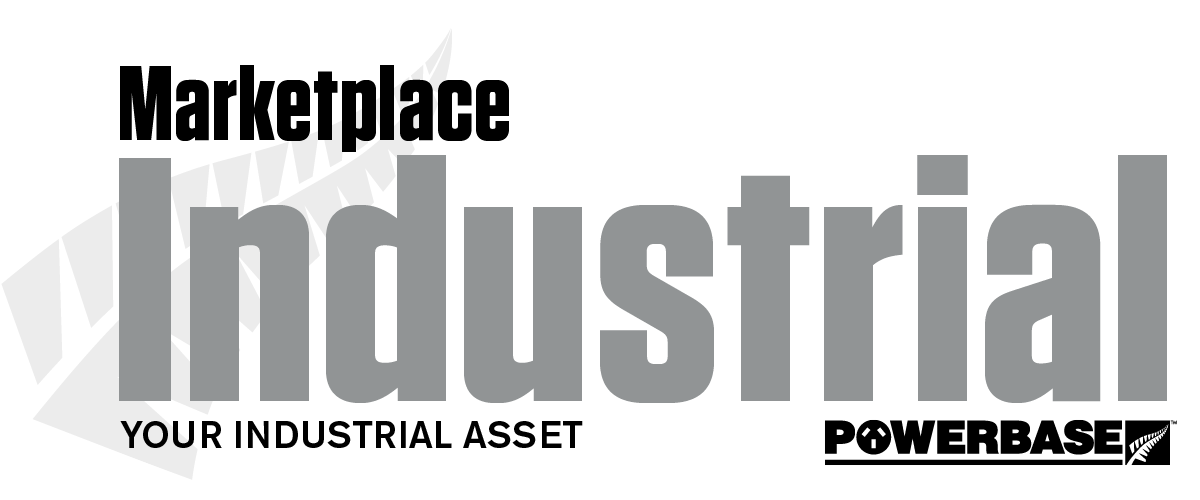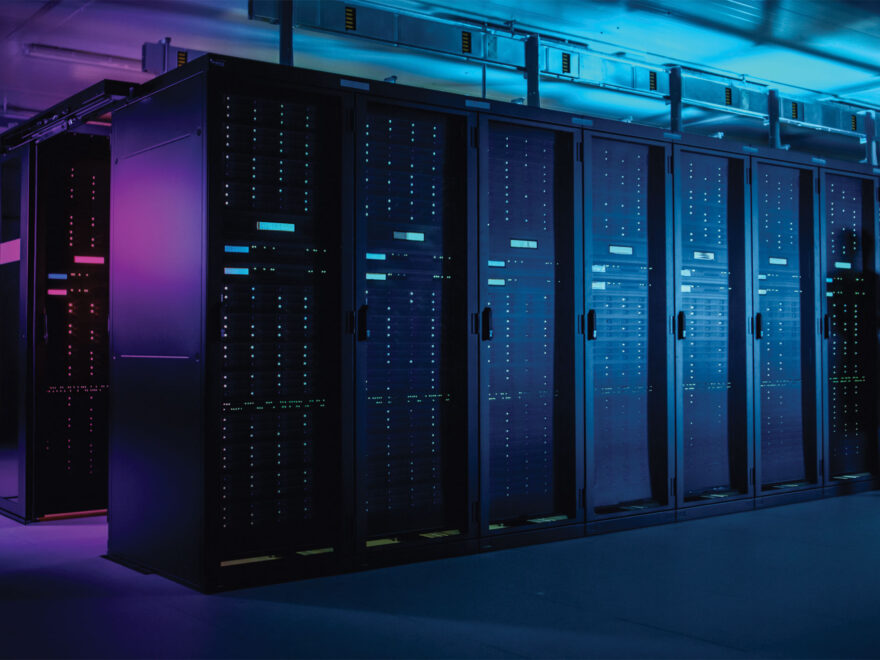What does “sustainability” mean when you’re talking about a data centre? Everyone you speak with in the industry has a different definition—and every organization’s own sustainability definition and mission are different based on their unique circumstances and challenges.
At its core, data centre sustainability involves a delicate balancing act: reducing waste without getting rid of too much, futureproofing without over-provisioning and being energy efficient without impacting operations.
Here are three examples of data centre sustainability that might give you food for thought in regard to security and sustainability of any job you tackle, not just data centres.
- To Improve Efficiency, Get Insight into What’s Really Going On
In one office space, as things were winding down for the day, workers noticed a pattern: Every night at around 4:30pm, a server went down and caused productivity issues. Staff were investigating, but no one could figure out why this was happening. Was it because a cable was malfunctioning? Was the server overheating? Was it some kind of malware or attack?
Finally, the team realized what was happening: The cleaners were coming into the data centre every night and unplugging the server to plug in a vacuum cleaner.
While this may seem like a one-off situation, we’ve actually seen things like this happen more than once. In another instance, cleaners found a power distribution unit (PDU) with an open receptacle and used it to plug in their cleaning equipment. This overloaded the PDU and brought part of the data centre down as a result. After lots of troubleshooting, the data centre team finally pinpointed the cause.
In both of these cases, lots of money and time were wasted on trying to find the problem (and then find a solution), which translates to inefficiency. If a data centre infrastructure management (DCIM) solution were in place, it could have alerted data centre staff as soon as something happened (a server was unplugged or a PDU became overloaded). From there, steps could have easily been taken to address who had data centre access.
- Deploy Resources Wisely
It takes more than fibre, copper and cabinets to create a data centre. You need operational technologies, too, such as airflow, access control, command and control, surveillance systems, etc. But it’s not as simple as rolling out any cooling system or putting up cameras around the perimeter of the data centre.
We remember a situation where a colocation data centre team was excited to find a deal on in-room air chillers—so they bought more than 20 and installed them all inside the white space of their data centre on Day One. The facility didn’t need that many air chillers, however, so they sat and idled for hours and days at a time, which was very inefficient. (In most cases, these types of air chillers don’t achieve peak efficiency until they reach 70% or 80% of load.)
Deploying in-room air chillers wasn’t necessarily a bad idea—or even a bad investment—but there were much better ways to utilize them, improve energy efficiency and lower operating costs: cycle the chillers in and out as needed, put several away as backups, partition the white space so each air chiller could cool a certain space, etc.
Installing parts and pieces without thinking about the bigger picture doesn’t move you any closer to achieving a sustainable data centre. It’s only when your systems come together in harmony that you can create an efficient, practical and right-sized space.
- Make Sure You Solve the Right Problem
In an effort to improve security, a supermax prison wanted to invest in cable management software. The team was hoping that this would tell them when cables were being moved or plugged into different places.
We listened to what they wanted and warned that this type of software can be very expensive. To see if we could come up with a more cost-effective alternative, we asked for details about what they wanted to accomplish.
To prevent loss of control, the data centre operator shared that they wanted to be alerted if a prisoner started re-patching or disconnecting and reconnecting things inside the data centre. While the goal was a good one, we helped them see the bigger picture: If a prisoner gains access to your data centre and can move cables around, then it’s too late. You’ve already lost control of your network. Instead of a solution that provides alerts about re-patching, consider a network management system. It would provide much earlier warning that something was happening: You would know the minute a surveillance camera in a specific area went down or when access control was bypassed.
This was a much more affordable (and sustainable) resource that attacked the right problem: making sure the data centre was secure. The prison didn’t need to know when someone was moving cables; they needed to know when a prisoner had gained access to the data centre. Investing in the right solution the first time helps ensure cost and time efficiency, which translates to sustainability and less waste.


